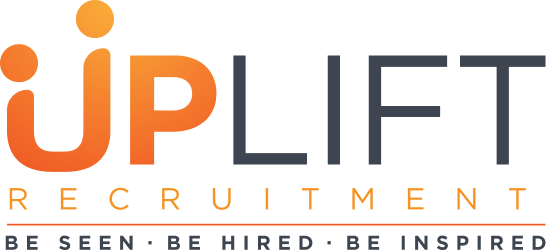
Hiring in August 2022? Here’s what you should know…
As we are well into the second half of 2022, we want to give you an update on the state of the hiring market and a forecast indicating where the hiring market is headed next.
Without a doubt, we are still feeling the shockwaves of the Great Resignation. Widespread shortages of candidates, declining job application rates, and a trend toward changing career priorities have made it hard to find and keep top talent. In response, many teams have been forced to rethink their strategies. They’ve put more emphasis on attracting discouraged workers and finding hidden talent. They’ve also been investing more in candidate experience and employee retention.
While the challenges of The Great Resignation are far from over, this has led to welcomed changes in recruitment. Hiring managers and recruiters have become more innovative in candidate acquisition strategies and more effective in using their databases. This new generation of recruitment agencies is focused on providing quality candidates and delivering great value to their clients. By doing so, they are helping to create a more stable and efficient recruitment market.

Job Growth Continues to Climb
Worldwide job growth has steadily climbed since the pandemic ended. Job growth has remained consistently high in the Australian market throughout the 2021 with a very slight dip in Q4. In New Zealand, a steady uplift as they transitioned out of lockdown.
With an ever increasing amount of jobs and diminished interest from candidates in certain roles, the market for top talent is tight. In 2022, it has been more about matching the right candidate with the right role and company than recruiting at mass using LinkedIn and other job posting sites. As we have mentioned on our blog before, this kind of talent sourcing – where you proactively match candidates who are a good fit for the job, culture, company, and timing – is more important than ever.
The 2022 data from Jobadder reflects a downward trend in the number of applications per job, with just 14.80 applications per job for in-house users and an average of 10.50 for agency users. These stats reflect the feedback from recruiters and hiring managers around a tight talent market with less interest from candidates. In order to attract top talent, companies will need to be at the top of their game to differentiate what it is like to work there vs. somewhere else. Companies that actively align positions with candidates’ goals and lifestyle choices will consistently get more impactful and satisfied employees who stay for longer.

Why We Prioritise Targeted Outreach
At Uplift Recruitment, we’ve consistently use what we call, “targeted outreach” to match potential candidates with opportunities that fit their career goals and lifestyle. By taking the time to understand a candidate’s goals and aspirations, we can more effectively match them with clients who can help them achieve those objectives. By the way, these proactive sourcing techniques aren’t going away, the data reflects that recruiters and HR teams won’t return to their pre-pandemic reliance on job posting.
“These numbers reflect an inconvenient truth for anyone involved in hiring. Traditional tactics to attract candidates are simply no longer sufficient. Organisations, both agency and in-house, that rely on job boards and LinkedIn only to attract candidates are being left far behind. The science and art of candidate attraction, engagement and management is a complex cocktail of branding, outreach and consistent communication, and will be the differentiator going forward. Even though it’s true that an economic slowdown might free up candidate supply, the shift is a fundamental one, and superficial and knee-jerk responses to hiring needs will lead to failure.”
-Greg Savage, Recruitment Expert
What to Expect in the Coming Months
Frequent movement will continue amongst employees. The McKinsey Global Institute’s data show that the average worker changes jobs every two to four years, and that was before the Great Resignation. The companies that are able to hold onto their talent are the ones that offer considerable opportunities for learning, personal growth, and increases in remuneration. Those opportunities coupled with being a good culture fit (something that can be determined during hiring) are the biggest factors that will ensure a long employer-employee relationship.
